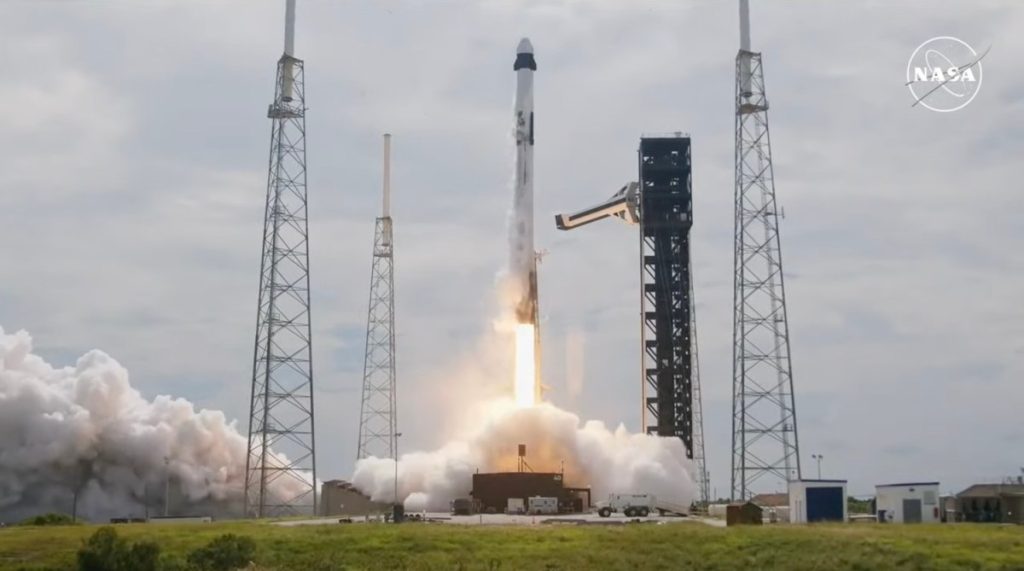WASHINGTON — A recent series of anomalies by SpaceX prompted a warning by a NASA safety panel to stay focused on safety for crewed flights.
At an Oct. 31 meeting of the Aerospace Safety Advisory Panel (ASAP), Kent Rominger, a former astronaut who serves on the committee, went through a list of “recent issues” with SpaceX’s Falcon 9 rocket and Dragon spacecraft that he said served as a reminder to remain vigilant as the company increases its pace of missions.
The issues he mentioned included the July Falcon 9 launch failure when the second stage failed to perform a second burn, grounding the rocket for about two weeks. Another upper stage engine anomaly on the Falcon 9 launch of the Crew-9 mission Sept. 28 during a deorbit burn also grounded the vehicle, with the exception of one mission, for two weeks. Falcon 9 launches were also briefly halted in August when a Falcon 9 booster was lost attempting a droneship landing.
“When you look at these recent incidents over the last handful of weeks, it does lead one say that it’s apparent that operating safely requires significant attention to detail as hardware ages and the pace of operations increases,” he concluded. “Both NASA and SpaceX need to maintain focus on safe Crew Dragon operations and not take any ‘normal’ operations for granted.”
Rominger added that both NASA and SpaceX will have to “guard against letting the high pace of operations from clouding their judgement to ensure the appropriate level of attention to detail and appropriate time and resources are dedicated to thoroughly understand root cause and implement corrective actions.”
Neither he nor other members of the panel offered any specific recommendations regarding the unrelated issues on those Falcon 9 launches. His discussion also addressed observations with Crew Dragon parachutes on the Crew-8 splashdown Oct. 25, such as the “lagging” behavior where one of four main parachutes opens somewhat slower than the other three, which he noted is “within the family of expected performance” for the system.
He did endorse the move by SpaceX and NASA in July to move Dragon splashdowns from off the Florida coast to near the California coast, a move intended to better control the reentry of the Dragon’s trunk section, pieces of which have survived reentry on past missions. “It looks like this is a very good change, resulting in advantages to both safety and Dragon recovery operations,” he said.
SpaceX has been “incredibly busy” this year, Rominger noted, and another panel member noted that level of activity has benefits. “We also have a gift in this ops tempo,” said Charlie Precourt, another former astronaut. “It is a challenge, but also a gift in terms of data so we understand better how the systems perform.”
The panel also discussed the recent Starliner crewed test flight, which ended with NASA deciding to leave astronauts Butch Wilmore and Suni Williams on the International Space Station and bring back the spacecraft uncrewed.
Rominger, in his overview of the mission, provided no new technical insights into Starliner’s thruster problems and helium leaks, but did praise NASA for its analysis of the problems and decision-making process. That work was done “in a very inclusive manner,” he said. “The fact that many people were willing to speak up was telling in itself, and representative of a healthy safety culture.”
ASAP’s chair, Susan Helms, emphasized that point at the end of the meeting. “This was not an easy process, as we personally observed,” she said. “NASA clearly demonstrated the attributes of a healthy safety culture, and we applaud NASA for ensuring that their cultural approach led to the appropriate risk-managed outcomes.”

